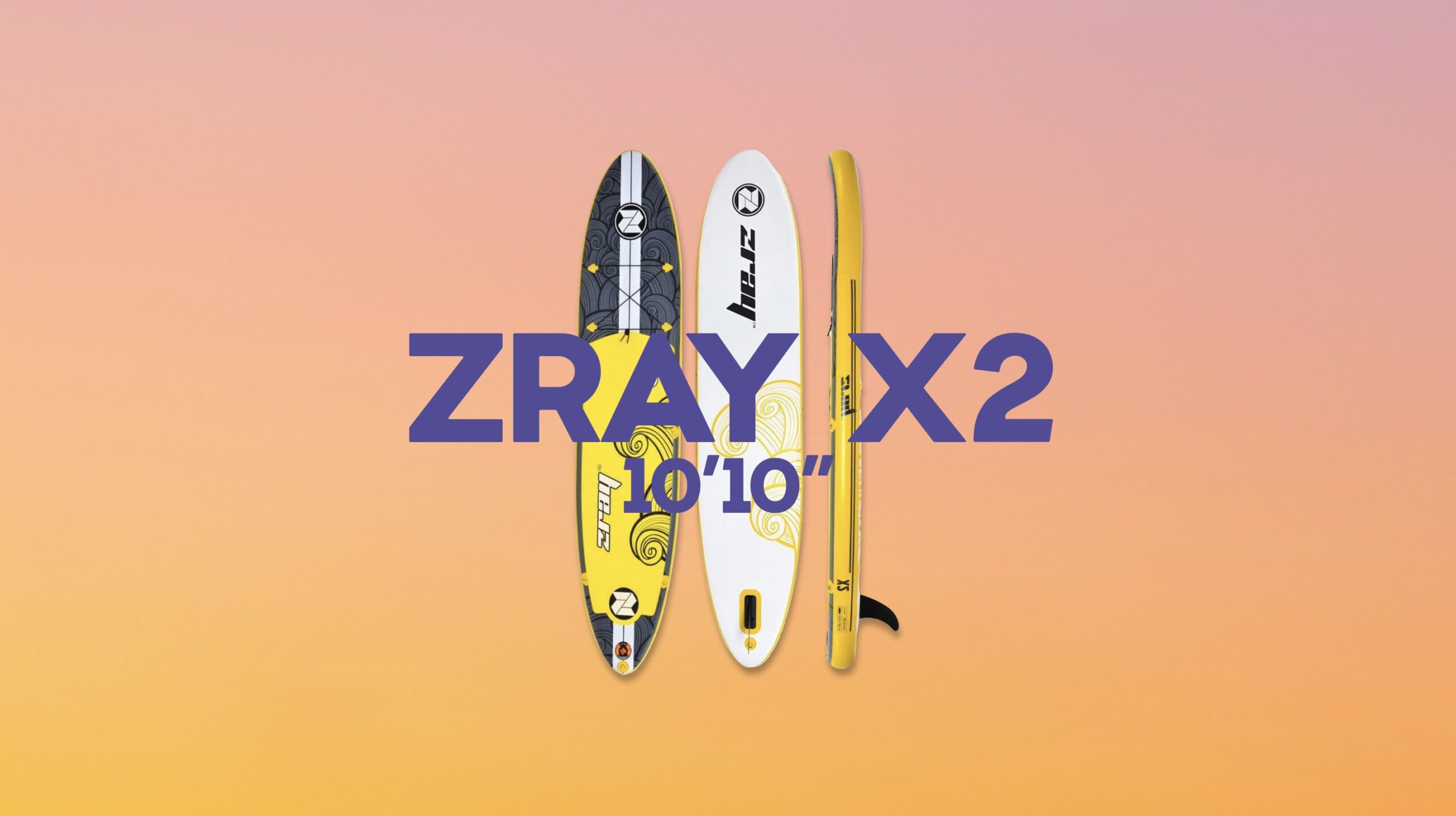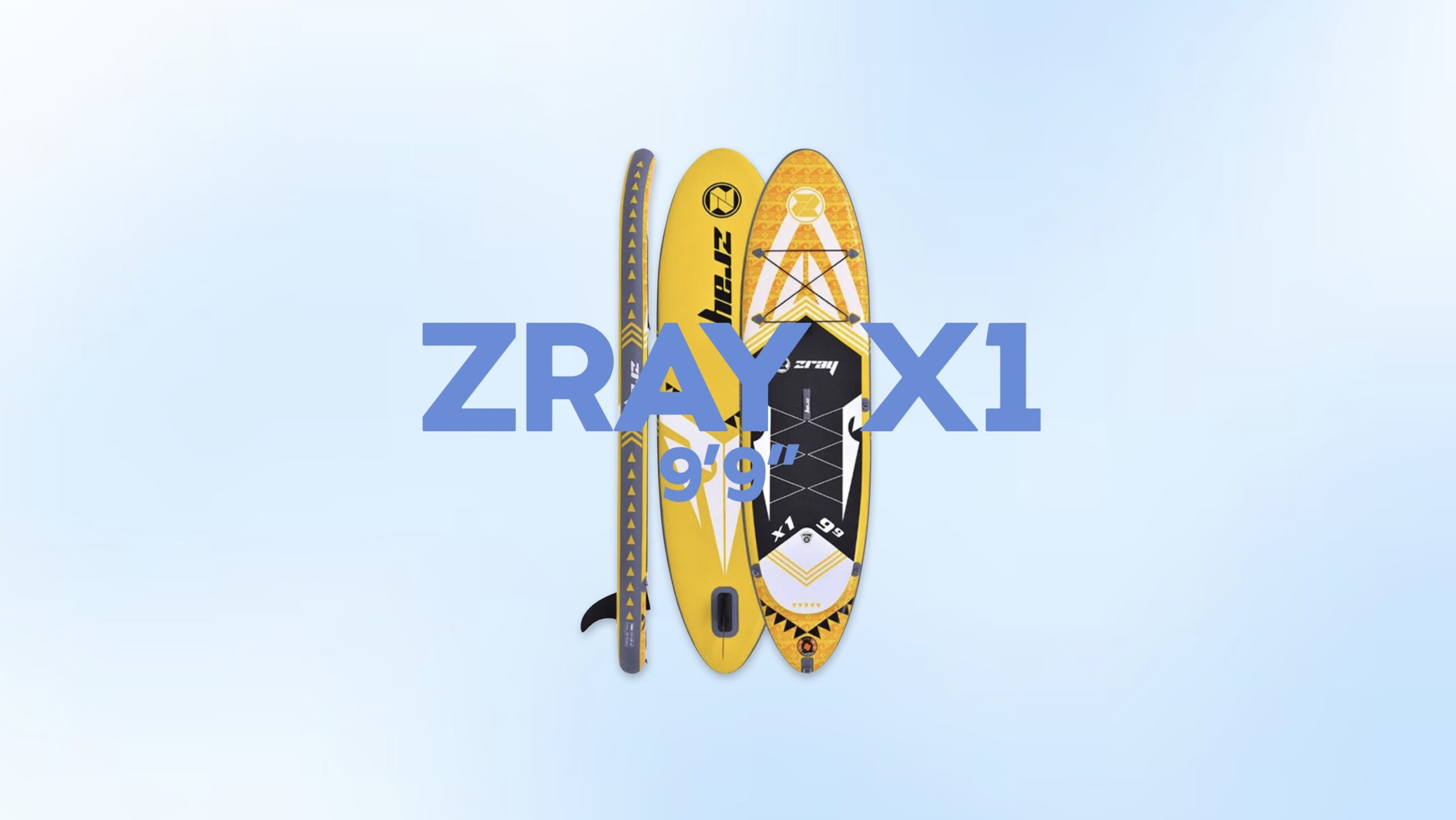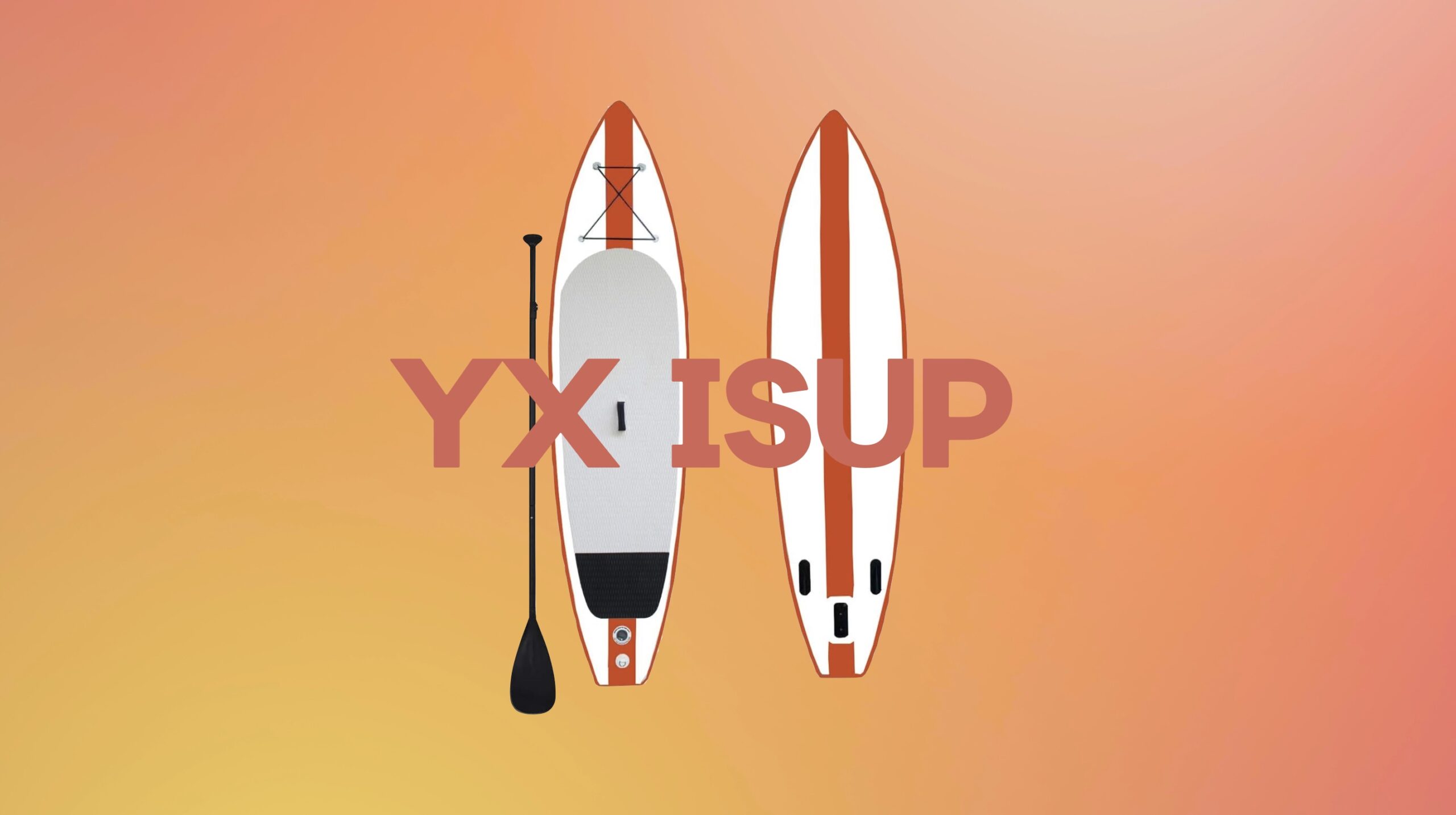Editor’s Choice

At some point, we all need a vacation and time to relax and take care of ourselves. Self-care is important,...
June 9, 2021
BY Gerald Kelly
No posts found
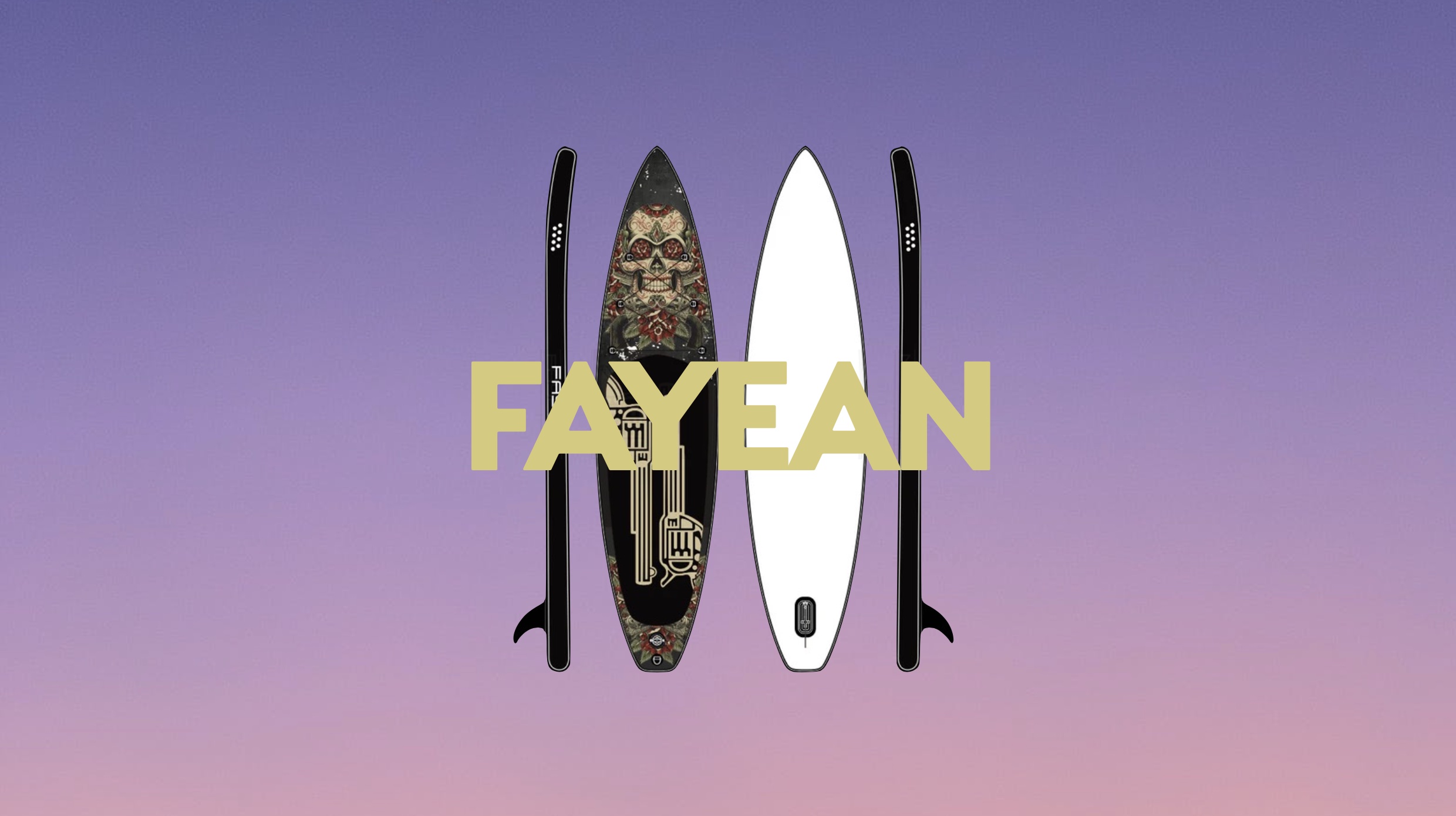
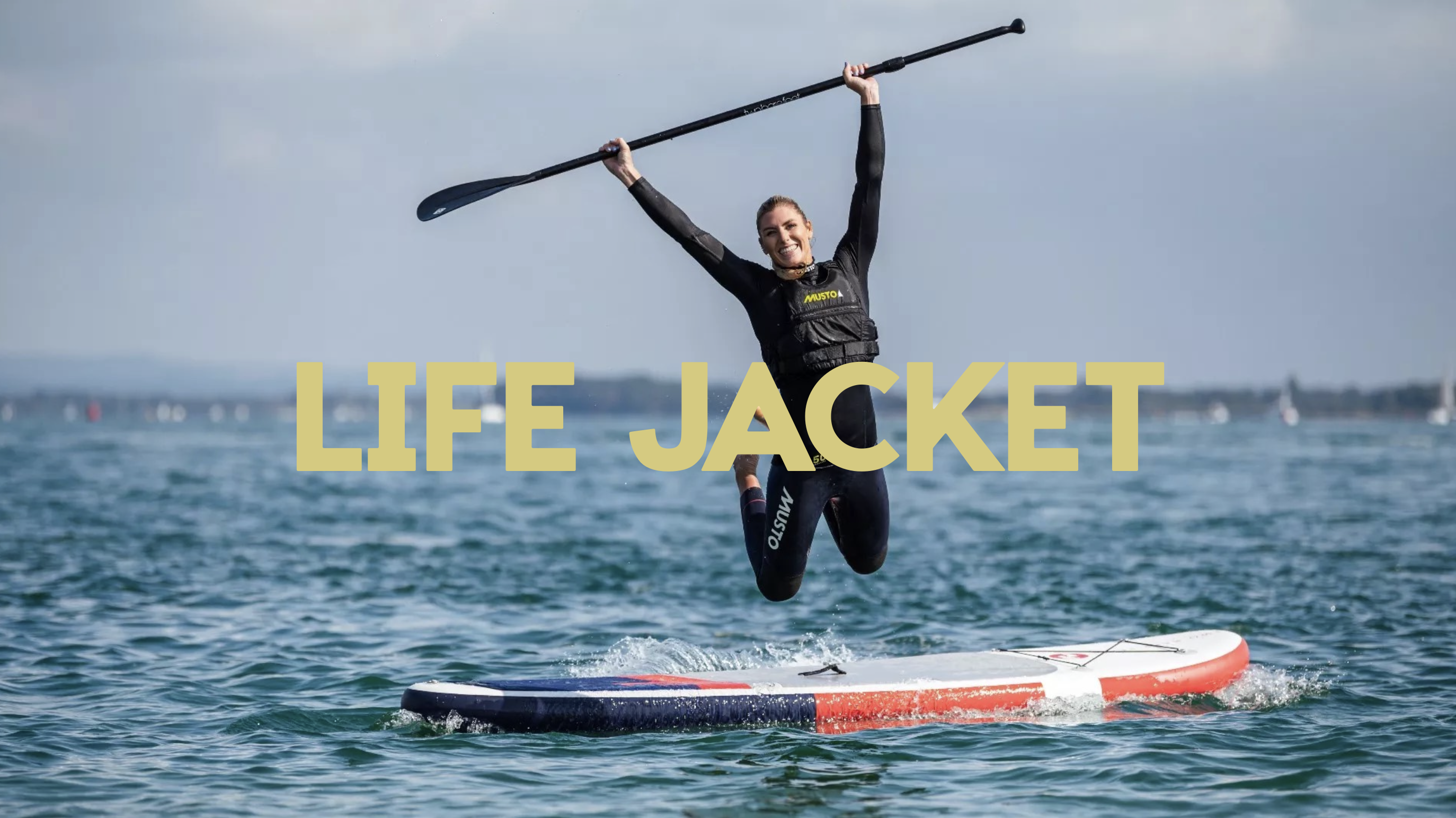
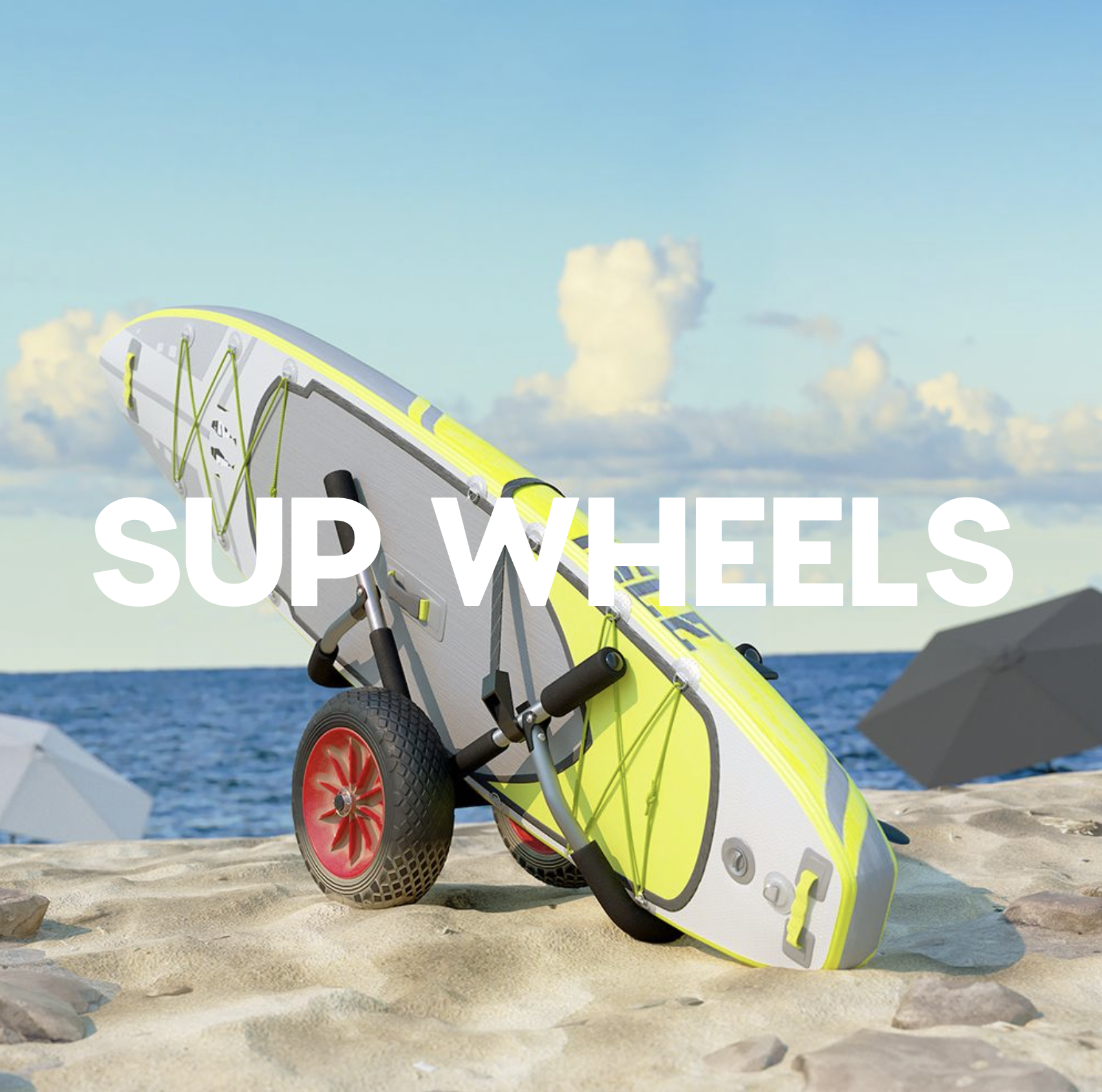
ALL POSTS

Are you considering buying the FAYEAN Inflatable...
August 15, 2023
BY Gerald Kelly

Life jackets for your SUP adventures are...
August 7, 2023
BY Gerald Kelly

So you saw this on Amazon or AliExpress and...
June 1, 2023
BY Gerald Kelly

SUP boarding is an exciting activity to experience....
August 18, 2021
BY Gerald Kelly
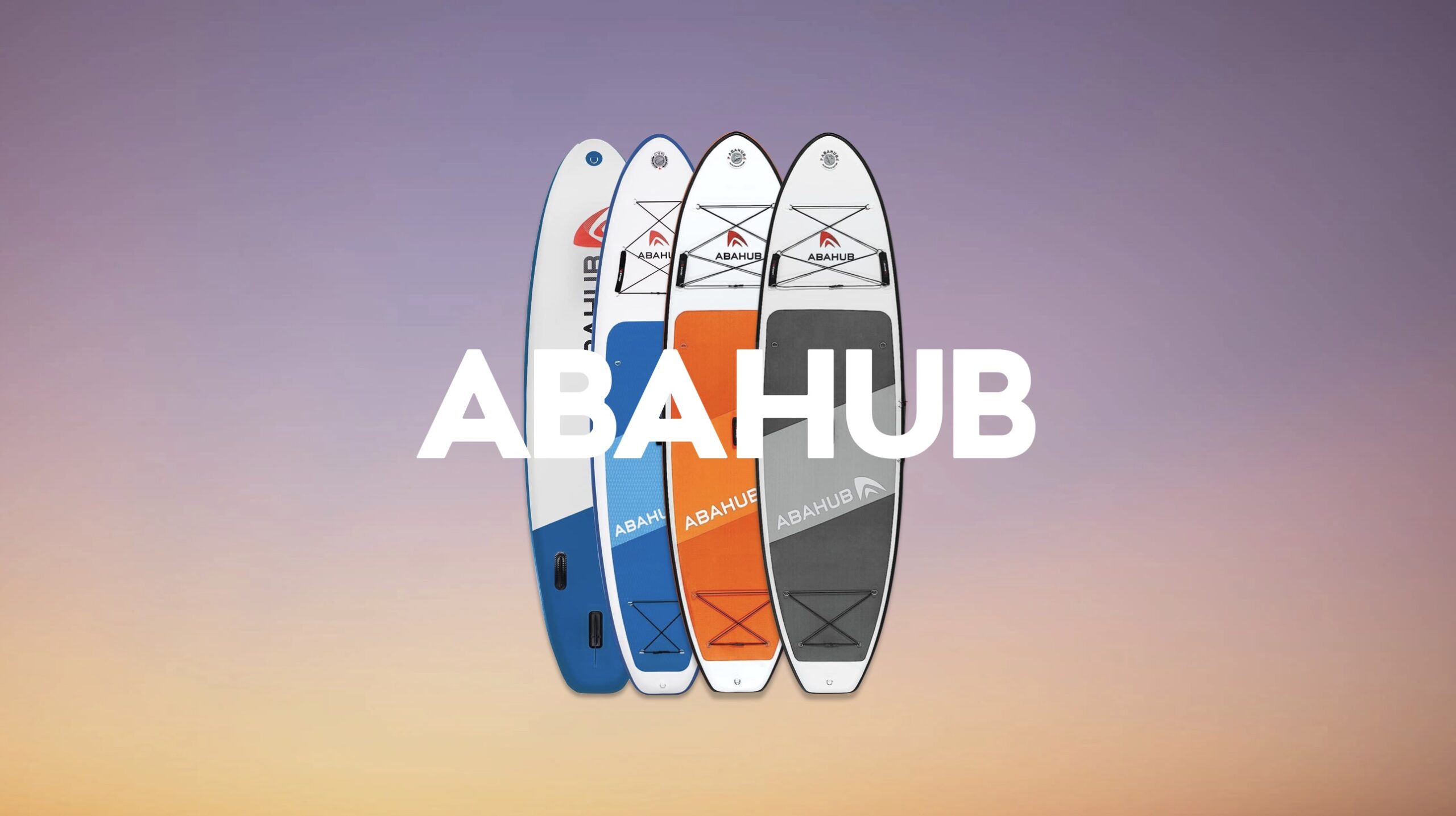
As an avid paddle board enthusiast we are...
August 17, 2021
BY Gerald Kelly
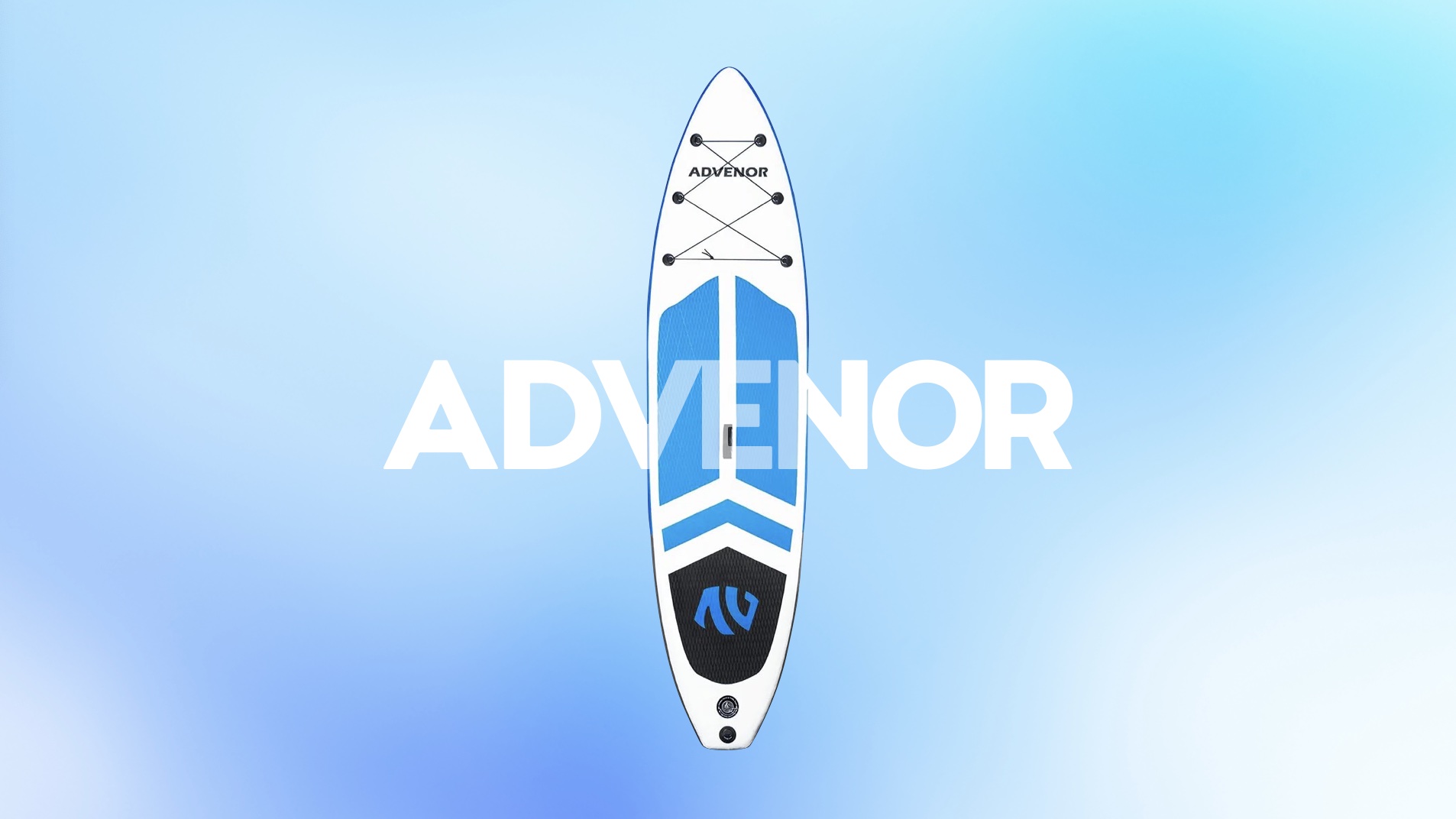
The ADVENOR Extra Wide Paddle Board is an...
August 17, 2021
BY Gerald Kelly
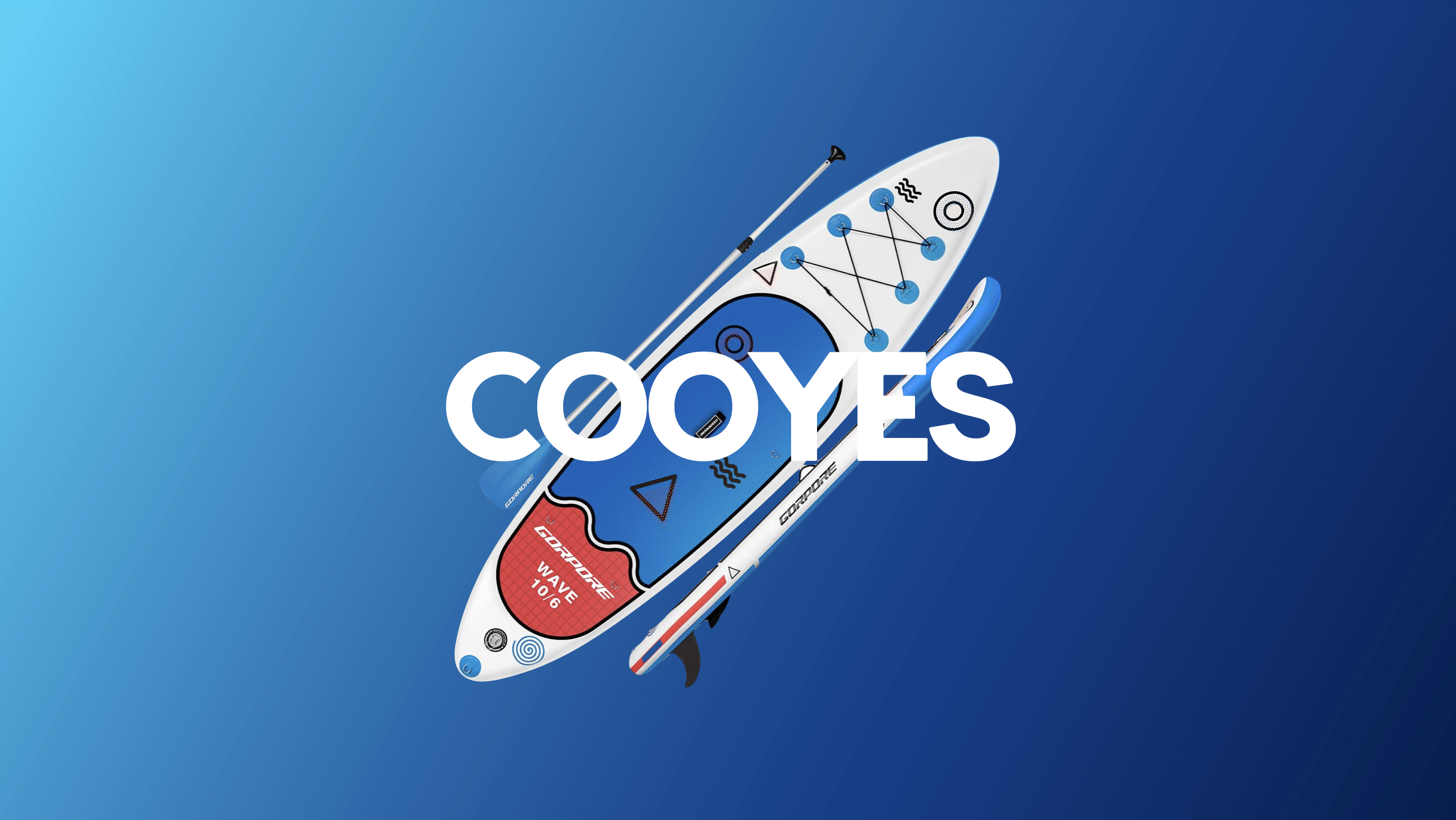
Paddleboarding is definitely one of the best...
August 16, 2021
BY Gerald Kelly
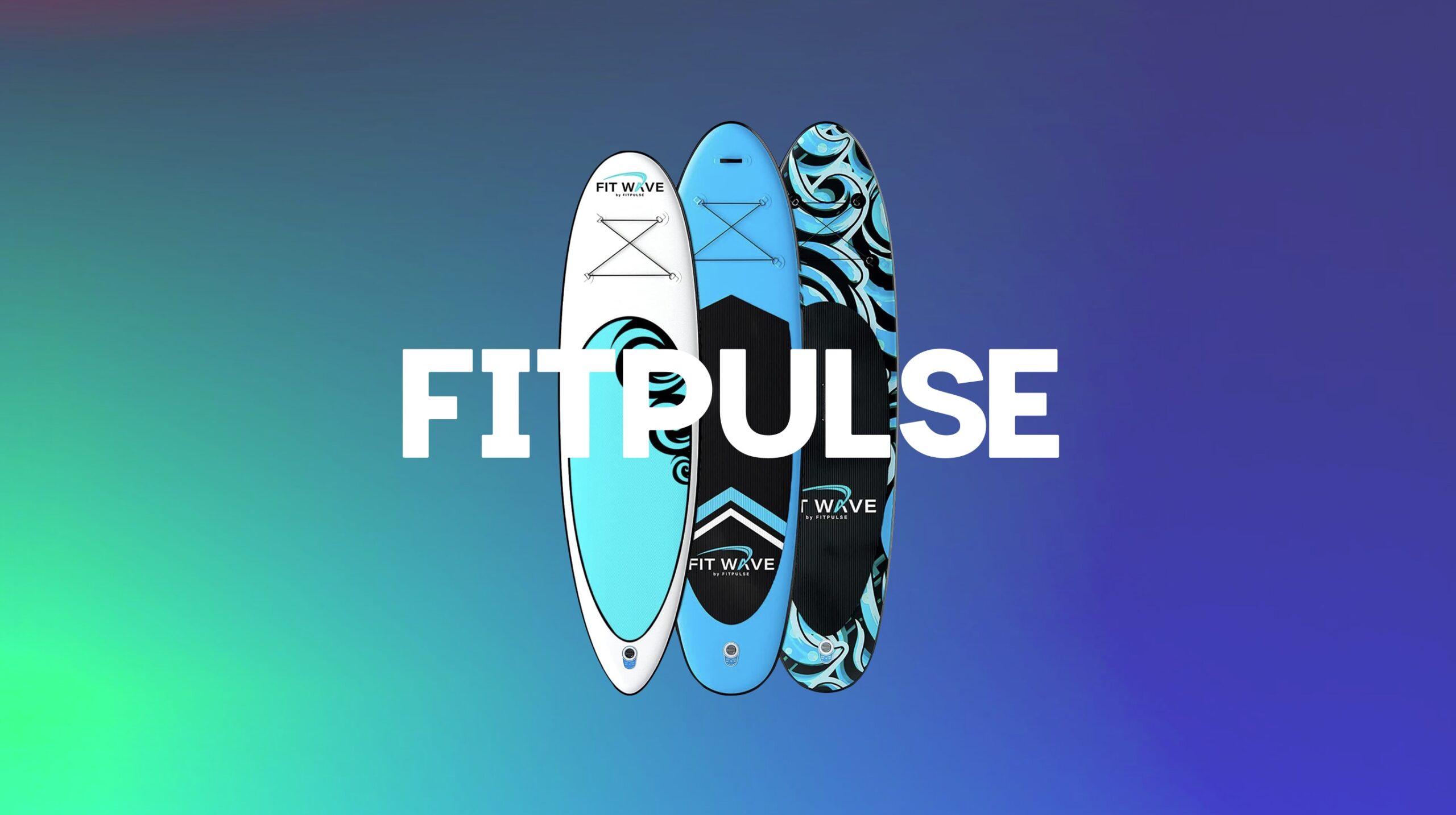
The FITPULSE Paddle Board Inflatable Paddle...
August 16, 2021
BY Gerald Kelly
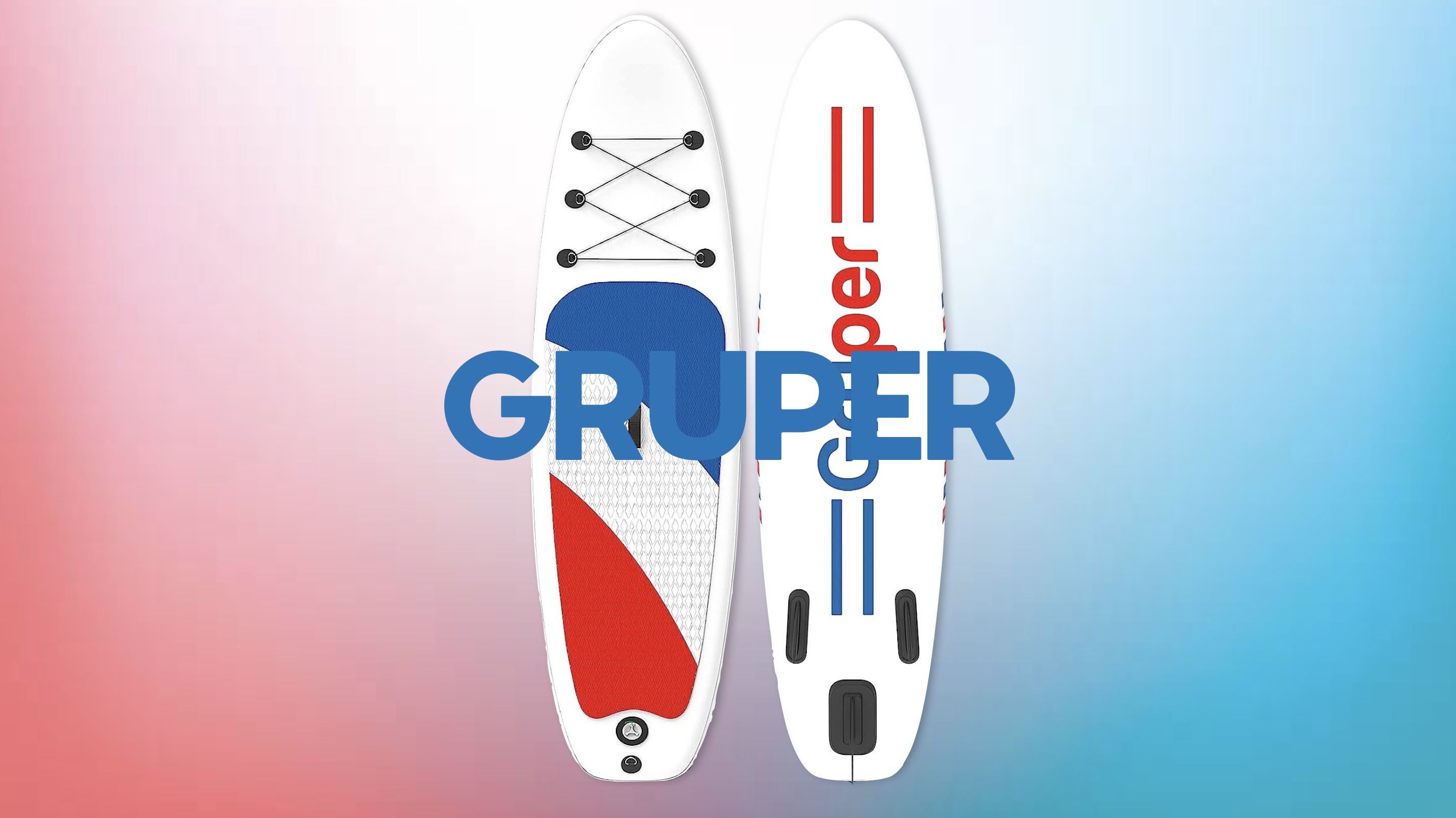
Are you looking for a fantastic SUP board?...
August 15, 2021
BY Gerald Kelly
No posts found
